History of Popcorn as An Iconic Movie Snack

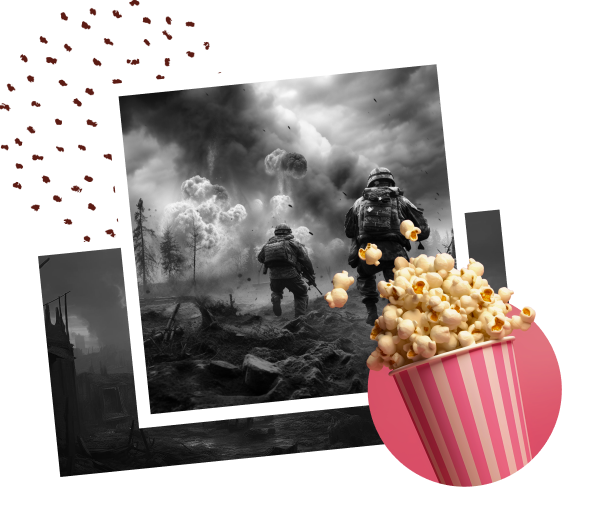
Introduction
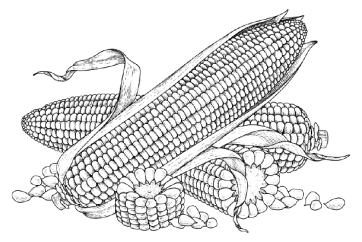
Popcorn is a type of corn kernel that puffs up when heated, resulting in a light and crunchy snack.
It is often enjoyed with various seasonings such as butter, salt, or caramel.
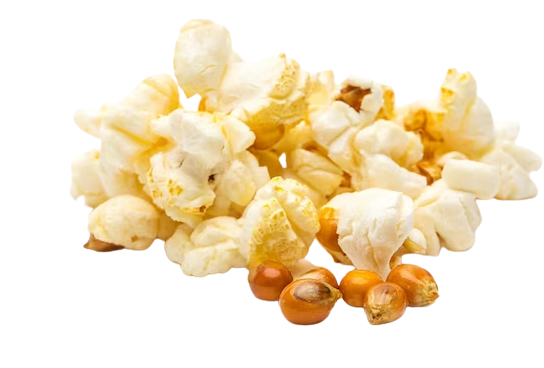
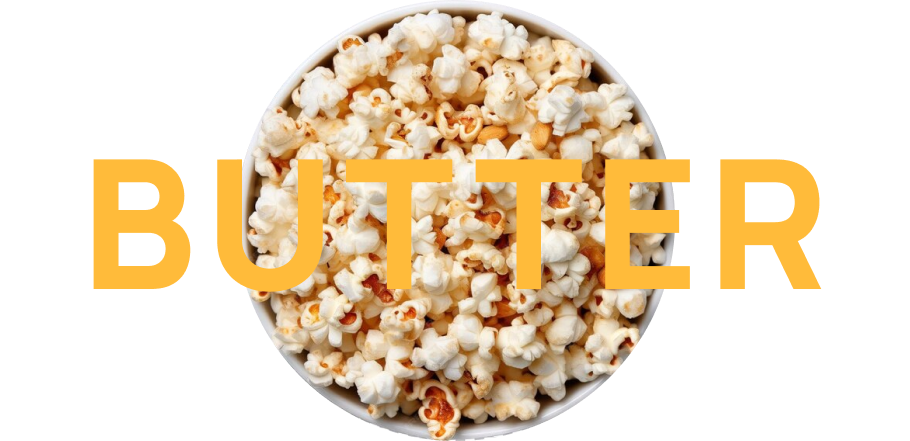
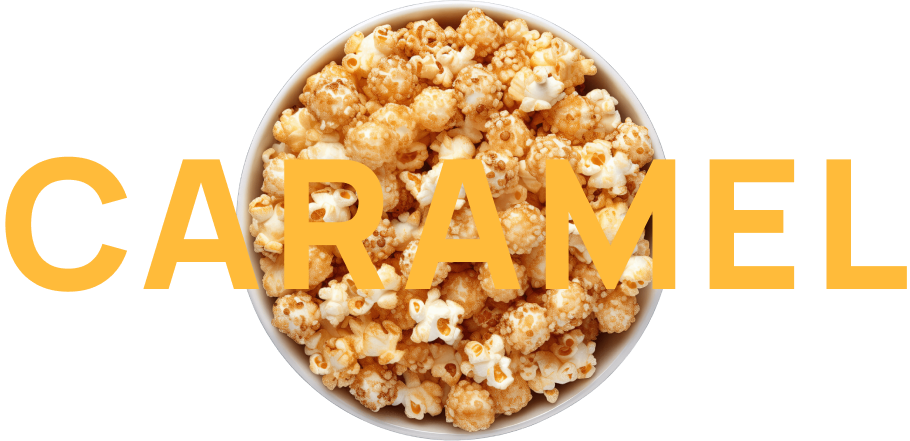
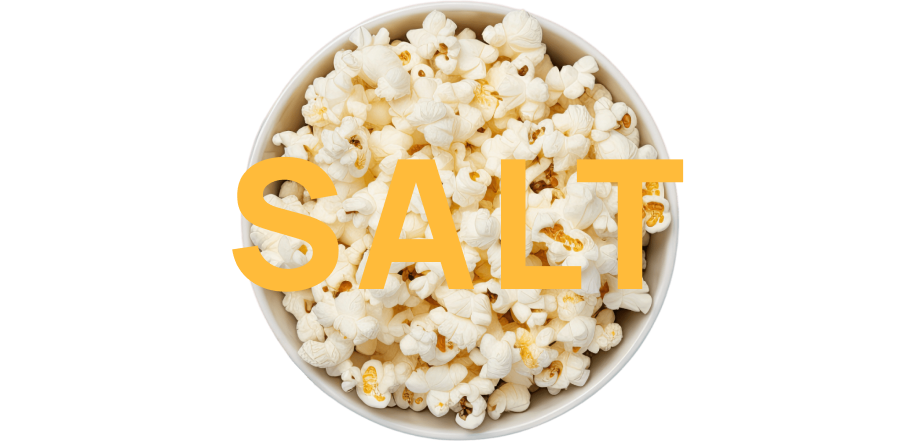
Popcorn became synonymous with movie-going during the Great Depression in the 1930s.
At that time, people were looking for affordable forms of entertainment, and movie theaters provided a welcome escape from the hardships of everyday life.

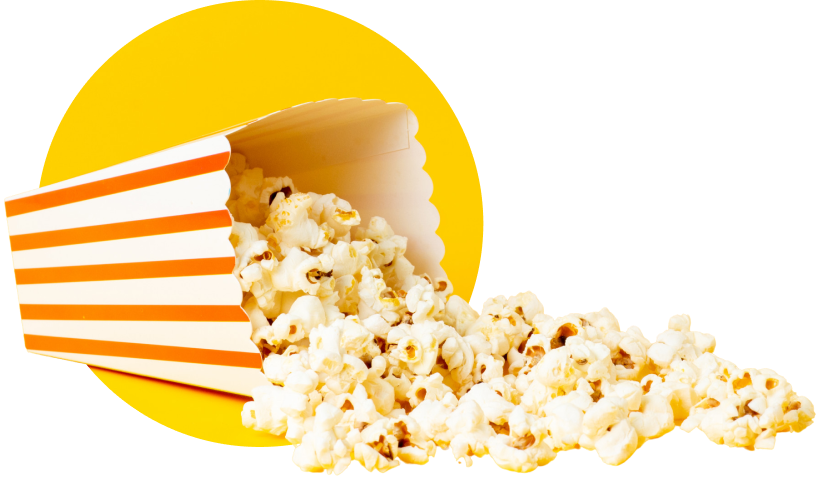
During this era, popcorn was one of the few snacks that could be afforded by most people, making it a popular choice at movie theaters.
As a result, it became a staple of the movie-going experience.
WWII sugar shortages boosted popcorn in theaters.
This association was further solidified during World War II when sugar shortages led to a decrease in candy production.
This made popcorn an even more popular choice at theaters, and it became firmly ingrained in the movie experience.
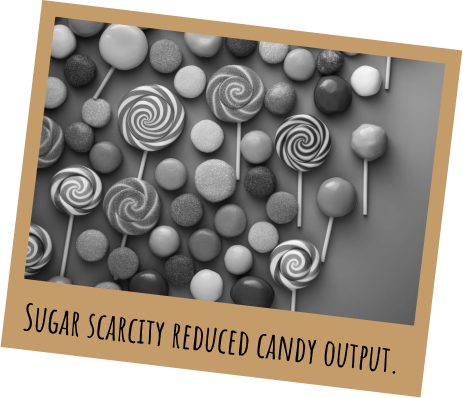

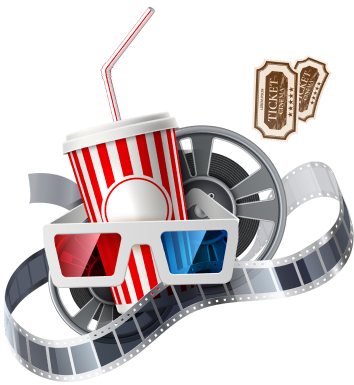
Today, the smell of freshly popped popcorn is a quintessential part of going to the movies, and it continues to be a favorite snack for audiences around the world.
Its affordability, portability, and addictive taste make it the perfect companion for a night at the movies.
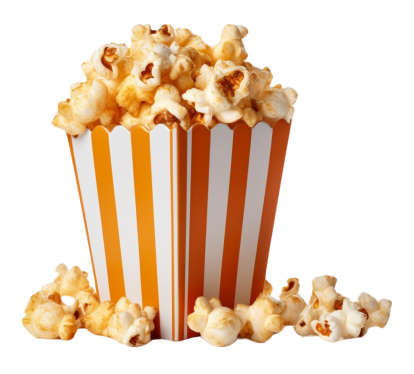
The Origins of Popcorn
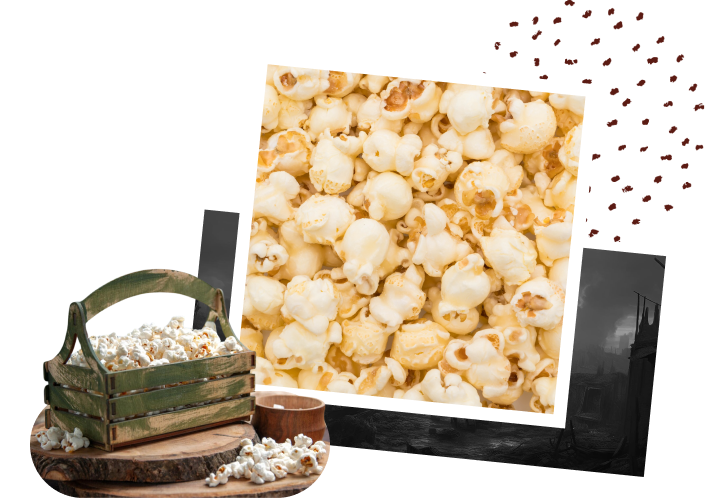
Popcorn enjoyed since 3600 BCE.
Popcorn has been enjoyed for thousands of years, with evidence of its consumption dating back to as early as 3600 BCE in Mexico.
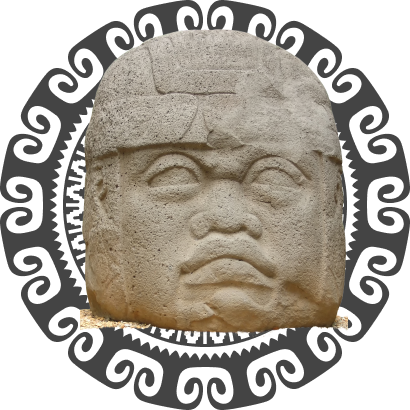
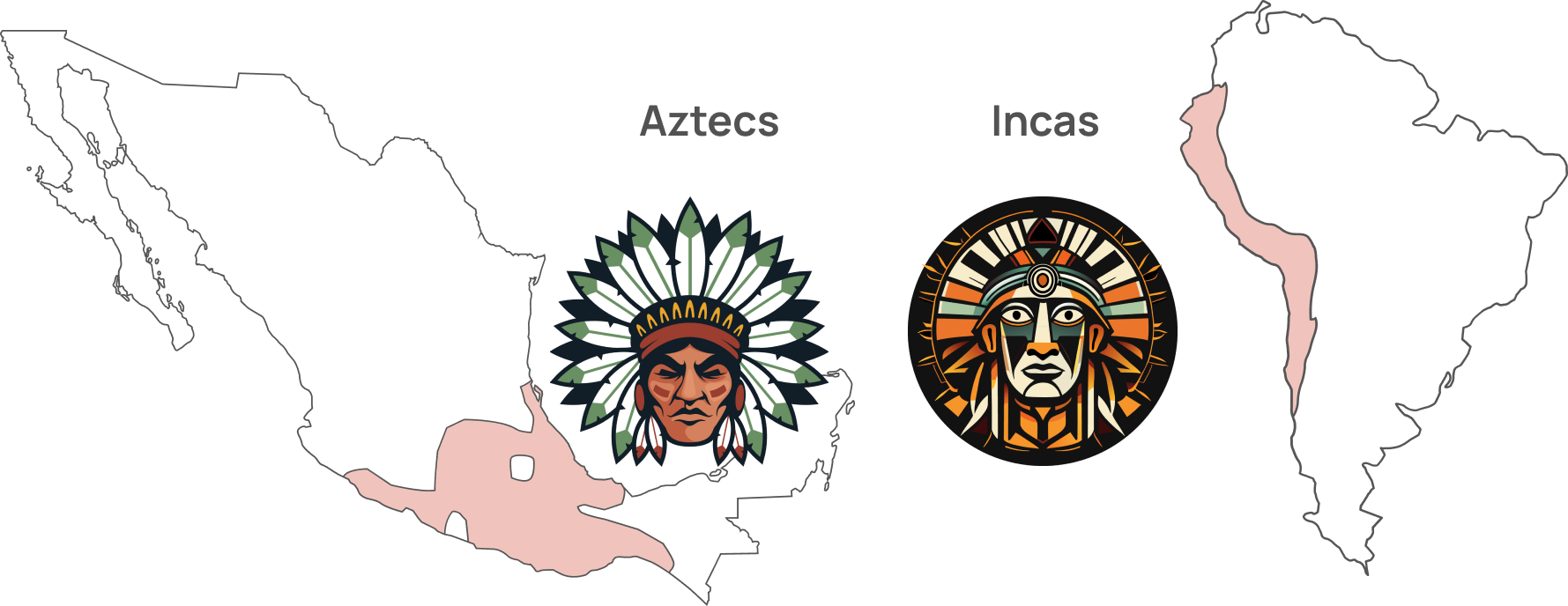

In these early societies, popcorn held great cultural significance. It was not only a popular snack, but it also played a central role in religious and social ceremonies.
For example, the Aztecs used popcorn as an offering to their gods, believing that the popping sound represented the spirits of their ancestors being released.
Popcorn was also used as decoration for clothing and ceremonial headdresses, showcasing its importance in their culture.
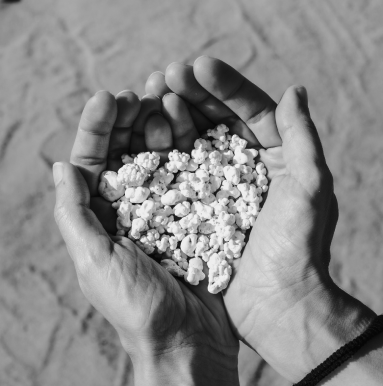

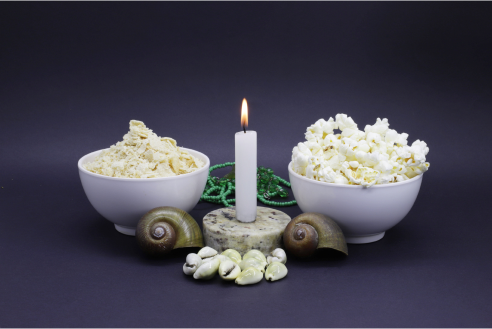
The discovery and usage of popcorn by native people not only provided them with a delicious and versatile food source, but it also held deep cultural and spiritual meanings.
Today, popcorn continues to be a beloved snack and is enjoyed by people all over the world, with its rich history dating back to ancient civilizations.
Popcorn in the United States
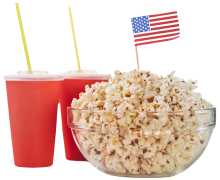
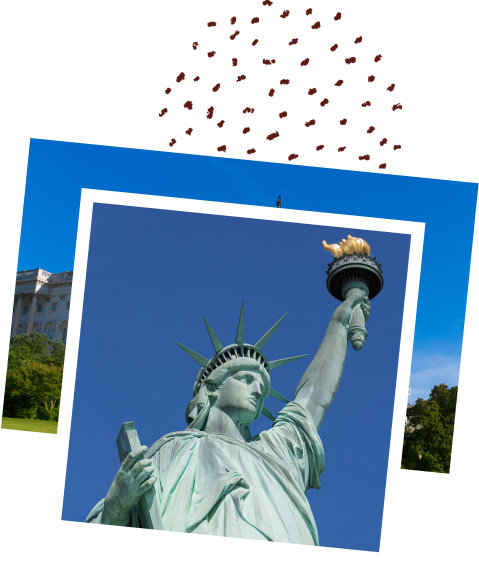
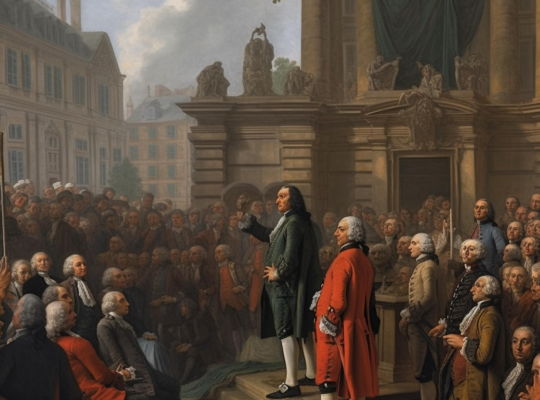
Introduction of popcorn to settlers
Popcorn was introduced to settlers in the early 17th century when Native Americans shared their knowledge of this unique snack with the European colonists.
Settlers learned to pop corn kernels over an open flame or in a pot with oil, quickly adopting this new tasty treat. Popcorn quickly became a popular snack among settlers due to its affordability and delicious flavor. It was also easy to store and transport, making it a convenient food source for travelers and pioneers.
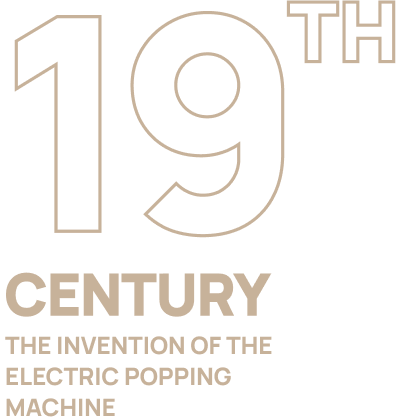
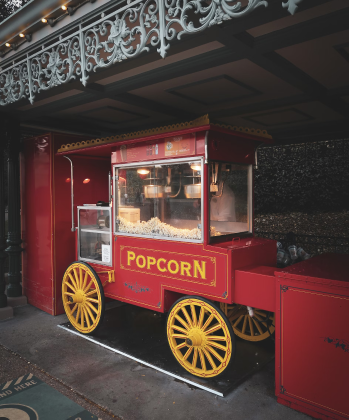
The invention of the electric popping machine in the late 19th century revolutionized the popcorn industry, making it easier and more efficient to mass-produce popcorn.
This led to widespread availability and affordability of popcorn, significantly impacting American society by making popcorn a popular snack for all social classes. Additionally, the creation of Cracker Jack, a popular popcorn and peanut snack, further solidified popcorn’s place in American culture as a beloved snack food.
Key technological innovations that led to the widespread popularity of popcorn among settlers included advancements in agricultural practices, such as improved corn varieties with higher popping yields, as well as the development of more efficient popping methods and equipment.
These innovations made popcorn more accessible and appealing to settlers, solidifying its place in American culinary history.

Popularity growth during the Great Depression
During the Great Depression, the popularity of movies and popcorn grew as people sought affordable luxuries and escapism from their economic challenges.
With disposable income at an all-time low, individuals turned to inexpensive entertainment options as a way to temporarily escape their hardships. Movies provided a form of escapism, transporting audiences to a world of glitz, glamour, and fantasy, allowing them to forget their troubles for a few hours.
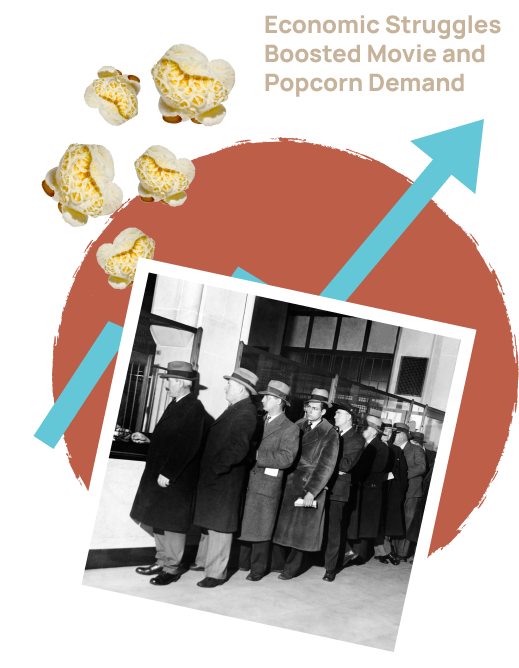
Popcorn, which was cheap and readily available, became a popular snack choice among moviegoers, further cementing the connection between movies and popcorn. The affordability and accessibility of popcorn made it an attractive option for those looking for a small indulgence during tough times, leading to its widespread popularity in movie theaters.
As a result, the demand for inexpensive entertainment options soared during the Great Depression, leading to a surge in movie attendance and the consumption of popcorn.
This special connection between movies and popcorn during this era has since continued, with popcorn remaining a staple in movie theaters around the world. The trend highlights the enduring appeal of affordable luxuries and escapism, especially during challenging economic times.
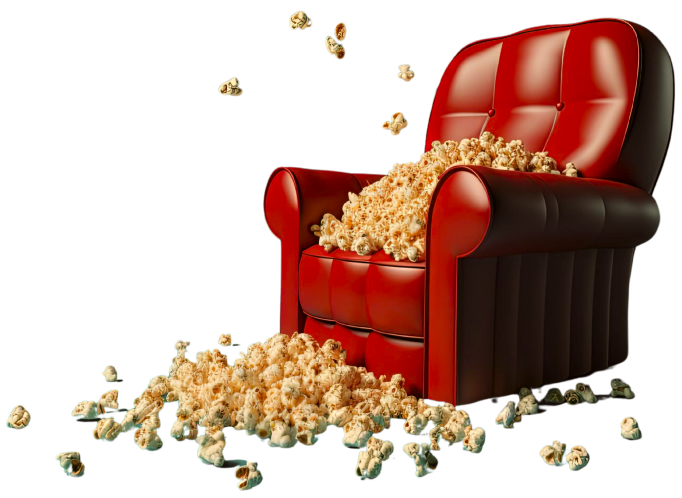
The role of the popcorn machine invention
The invention of the popcorn machine had a significant impact on the availability and consumption of popcorn in movie theaters and revolutionized the moviegoing experience.
Charles Cretors‘ invention of the first commercial popcorn machine allowed for larger quantities of popcorn to be sold to moviegoers.
This not only made popcorn more readily available but also increased its popularity as a staple movie snack. The delicious aroma of freshly popped popcorn wafting through the theater added an enticing element to the moviegoing experience.
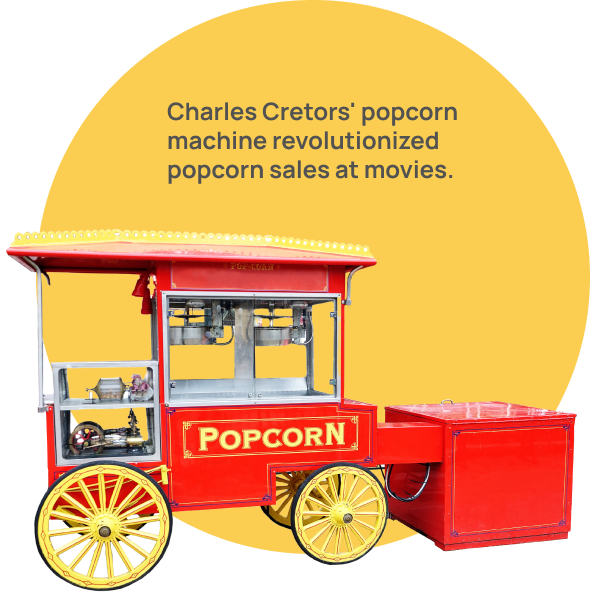
The invention of the popcorn machine played a crucial role in popularizing popcorn as a beloved movie snack, and it has maintained its status as an iconic part of cinema culture.
Its impact is still felt today, as popcorn remains a quintessential part of the movie theater experience, enjoyed by countless patrons. Thanks to the popcorn machine, moviegoers can indulge in this timeless treat while enjoying their favorite films on the big screen.
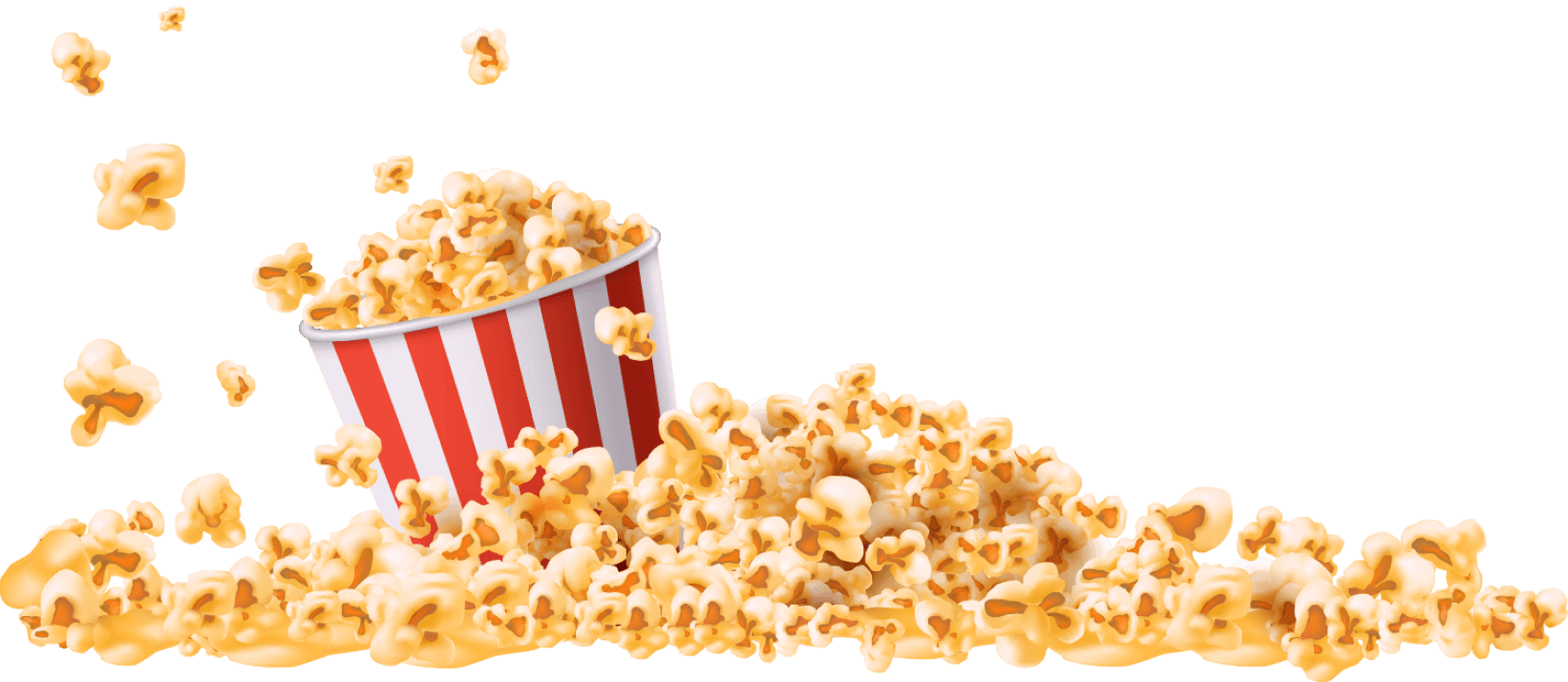
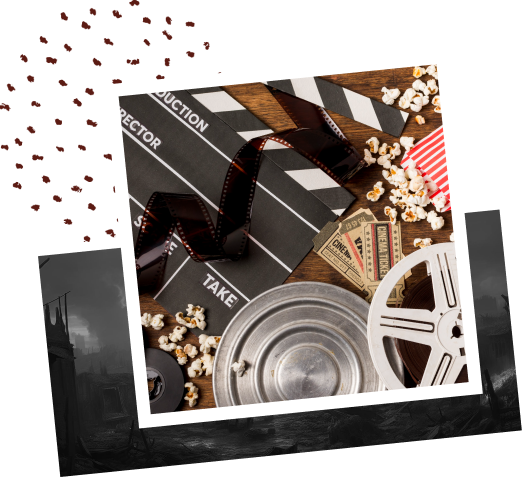
The Birth of Movie Theater Popcorn
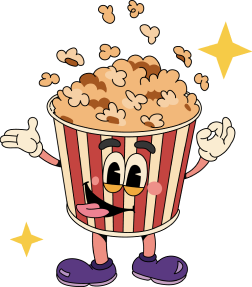
The impact of the cinema boom on popcorn sale
The cinema boom had a significant impact on popcorn sales after the great depression. As the movie industry grew rapidly during the 1930s, so did the demand for popcorn.
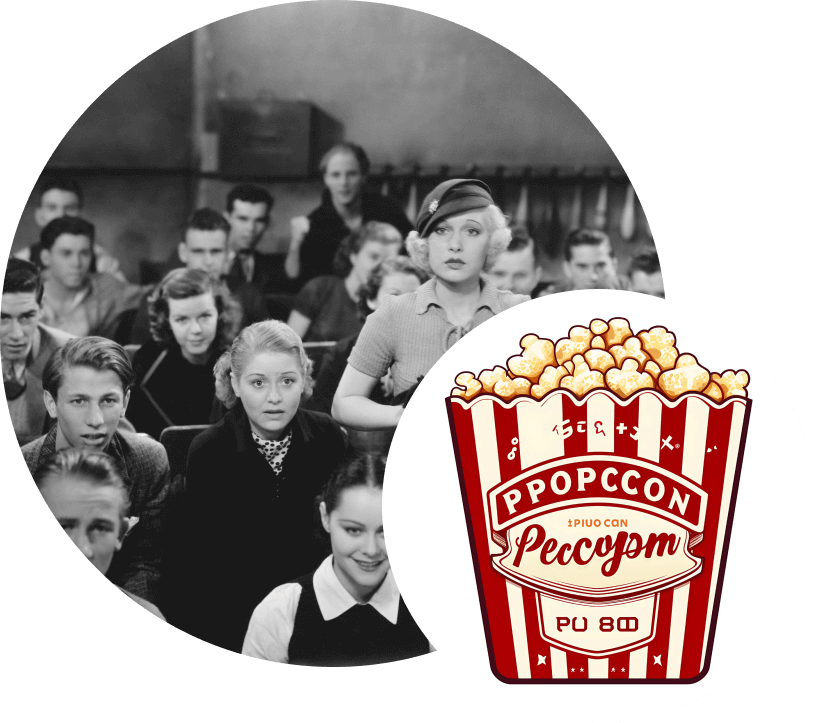

With the introduction of sound in movies, also known as “talkies,” more people flocked to cinemas, leading to a surge in popcorn sales. Popcorn was an inexpensive snack that provided the perfect combination of affordability and deliciousness for movie-goers.

Theaters also realized the profitability of selling popcorn and began to offer it as a staple concession. This resulted in a significant increase in popcorn sales, as it became synonymous with the movie-watching experience.
Popcorn quickly became the go-to snack for movie-goers, and its popularity soared during this time.
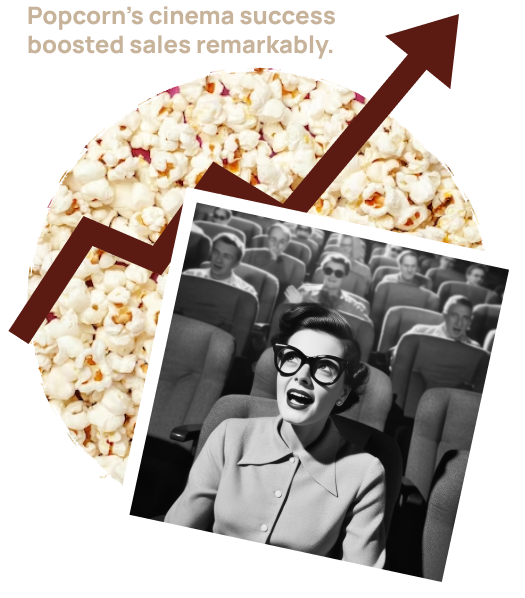
The cinema boom not only boosted the popularity of popcorn but also solidified its position as a must-have snack at movie theaters. This trend has continued to this day, with popcorn remaining a staple at cinemas worldwide.
The influence of the cinema boom on popcorn sales after the great depression remains a testament to the lasting impact of this era on movie-watching habits and snack preferences.
The economic necessity that led to popcorn in theaters
The economic struggles of theaters, coupled with the profit split with studios, made popcorn a vital concession for theaters. With the decline in ticket sales and the increasing cost of film distribution, theaters were facing financial struggles.
As a result, they turned to concessions as a way to boost profits. Popcorn, in particular, became a staple due to its low cost and high mark-up, making it a profitable option for theaters.
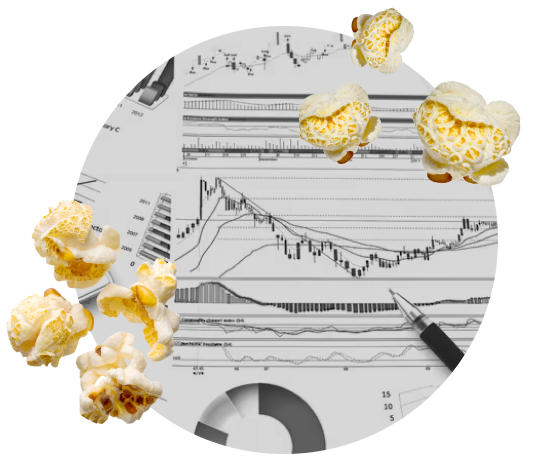
Concessions, including popcorn, became the main source of profit for theaters as they struggled to make ends meet. The profit split with studios meant that theaters often received a smaller percentage of ticket sales, making concessions the primary revenue source. The high prices for snacks can be attributed to this economic necessity, as theaters rely on the sales of concessions to keep their doors open.
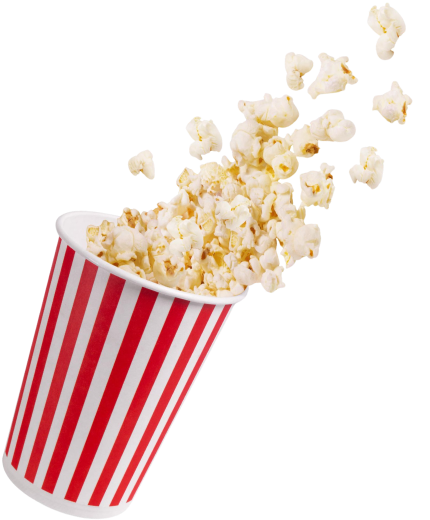
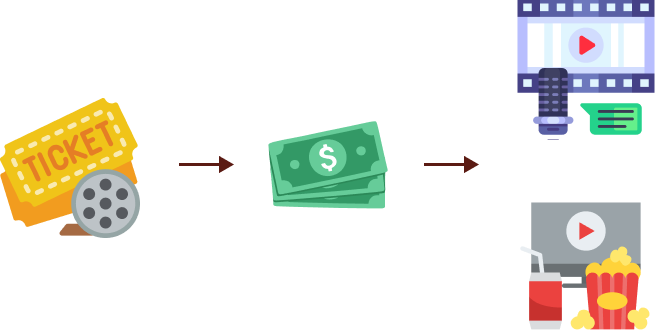
Additionally, the impact of big blockbusters on concession sales cannot be overlooked. As theaters draw in large crowds for highly anticipated films, the demand for snacks, including popcorn, skyrockets, further solidifying the economic necessity of offering these concessions.
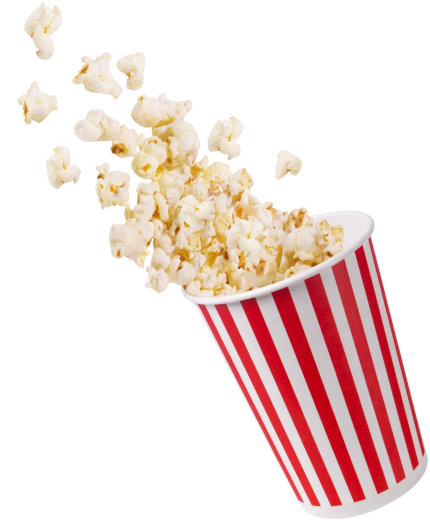
Why movie theaters initially resisted selling popcorn
Movie theaters initially resisted selling popcorn due to the objections of theater owners who viewed it as a messy and distracting snack that would detract from the movie-watching experience.
Furthermore, during the era of silent films, the absence of sound meant that the crackling noise of popcorn being eaten would disrupt the viewing experience, further solidifying the opposition to selling popcorn in theaters.
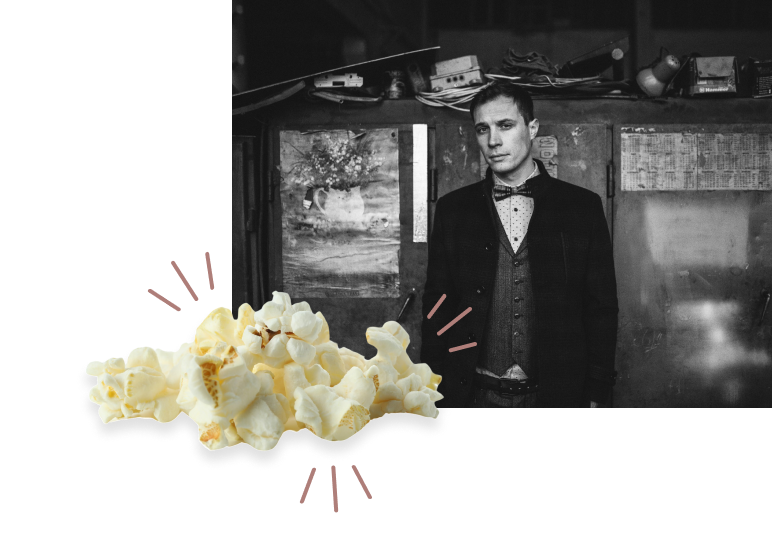

Historically, popcorn was seen as a snack for outdoor events or fairs, and the idea of bringing it into a formal indoor setting like a movie theater was met with skepticism.

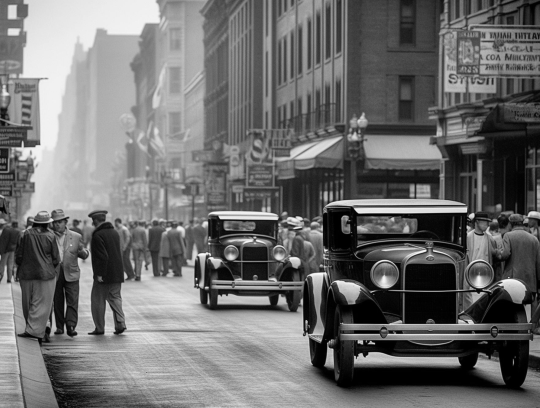
However, as movies transitioned to sound, attitudes began to shift, and customers continued to bring popcorn into theaters despite initial resistance. The introduction of sound allowed for the noise of popcorn eating to be masked, making it a more acceptable snack option for moviegoers. Additionally, the Great Depression also played a role in this shift, as theater owners realized they could profit from selling the relatively inexpensive snack to a cash-strapped audience.
The Popcorn Boom
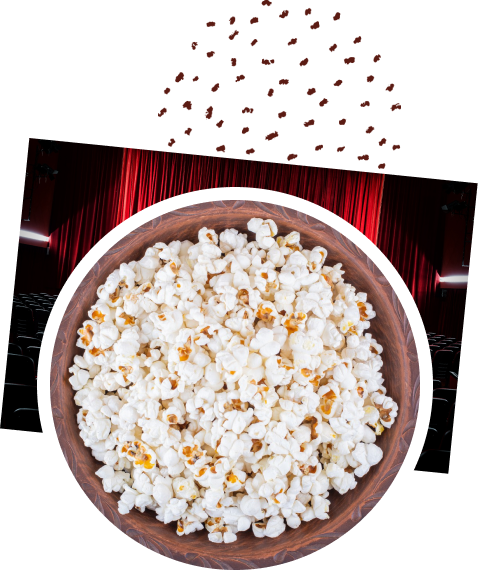
The effect of World War II on popcorn's popularity
During World War II, sugar scarcity led to the rationing of traditional snacks, causing a shift in dietary habits. As a result, the demand for alternative snacks increased. Popcorn, being a low-cost and easily accessible option, experienced a surge in popularity during this time. With sugar being scarce and in high demand for essential wartime needs, popcorn emerged as a satisfying substitute for sweet snacks.
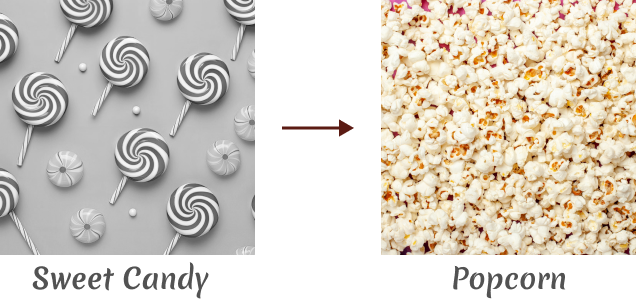

Furthermore, the comforting and satisfying nature of popcorn resonated with wartime audiences, providing a sense of familiarity and enjoyment during a time of great uncertainty and turmoil.
Its affordability and versatility made popcorn a practical and popular choice for both at-home consumption and as a convenient snack for soldiers in the field.
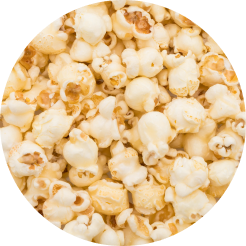
The impact of World War II on the rise of popcorn consumption as a popular alternative snack cannot be understated. The scarcity of sugar, the demand for alternative snacks, and the comfort provided by popcorn all contributed to its explosion in popularity during this time, solidifying its status as an iconic wartime snack.
The rise of packaged popcorn and microwave popcorn
Packaged popcorn and microwave popcorn have seen a significant rise in popularity over the years, with the evolution of microwave popcorn playing a key role in this trend.
Microwave popcorn was first introduced in the 1940s, offering consumers a convenient and quick way to enjoy this popular snack. The 1980s saw the widespread adoption of microwave ovens in households, further increasing the demand for this convenient snack option.
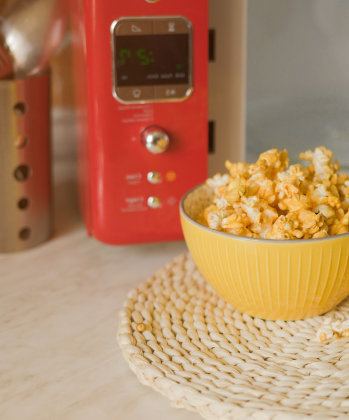
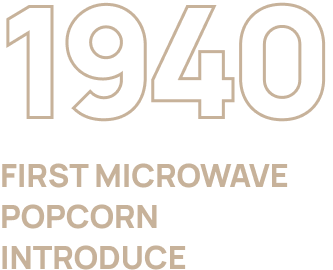
In the 2000s, health concerns surrounding traditional popcorn preparation methods, such as using oil or butter, led to a shift in consumer preferences towards healthier options.


This prompted the rise of pre-popped popcorn snacks, which offered a healthier alternative to the traditional buttery popcorn.
Additionally, market trends such as the growing demand for on-the-go snacks and the rise of snacking culture contributed to the popularity of packaged popcorn.
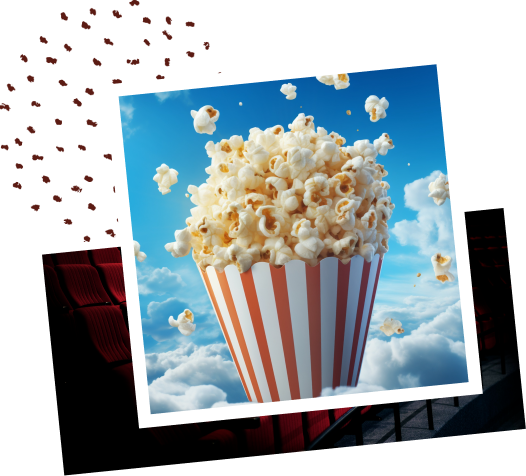
Popcorn Today
Current status of popcorn as a snack
Popcorn has become increasingly popular as a snack, especially during movie nights at home and visits to movie theaters.
Its affordability makes it a convenient choice for many consumers, and its association with nostalgia and happy memories adds to its appeal.
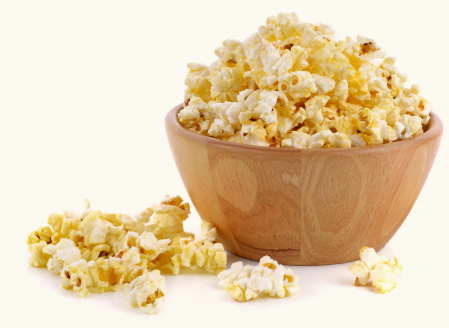
During movie nights at home, popcorn sales have seen a significant increase as more people opt for a cozy night in with a movie and some freshly popped popcorn.
Similarly, visits to movie theaters often involve purchasing a large tub of popcorn to enjoy during the film, contributing to the overall high consumption of this snack.
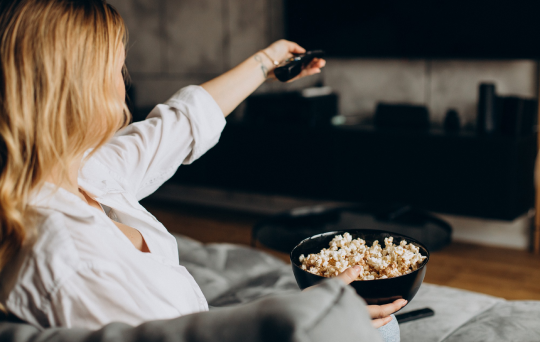
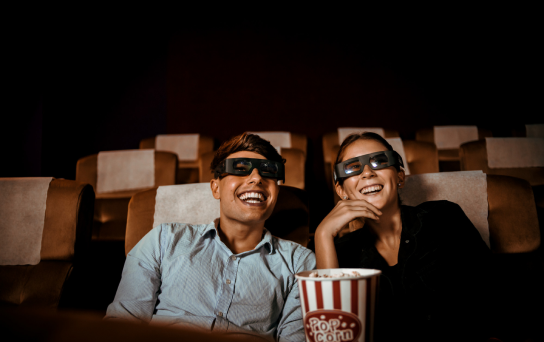
The current popularity of popcorn can be attributed to its affordability, making it an accessible treat for a wide range of consumers.
Additionally, the association of popcorn with nostalgia and happy memories, such as enjoying a movie with loved ones or at a special event, further contributes to its appeal.
In summary, popcorn’s current popularity as a snack can be seen in its high sales and consumption during movie nights at home and visits to movie theaters. Its affordability and association with nostalgia and happy memories make it a go-to choice for many snack enthusiasts.
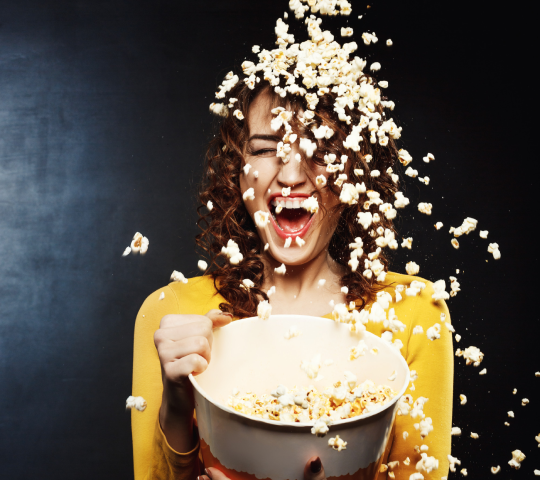
Popcorn and its relationship with the modern film industry
Popcorn has been closely tied to the modern film industry since the early 20th century, with its historical connection to movie theaters and its role as the quintessential movie snack.
Moviegoers have long enjoyed munching on popcorn while watching their favorite films, making it a staple of the cinematic experience. Popcorn’s affordability, easy preparation, and enticing aroma make it the perfect snack for movie theaters, and its popularity has only continued to grow over the years.
Today, popcorn remains a key feature of the moviegoing experience, with blockbuster films often being associated with the aroma of freshly popped corn. Its presence in theaters has become synonymous with the cinema, both in terms of cultural significance and as a marketing tool for movie theaters.
The sight and smell of popcorn instantly evoke the excitement of going to the movies, adding to the overall enjoyment of the film experience.
Popcorn has truly established itself as an integral part of the film industry, enhancing the enjoyment of movies for audiences around the world.

Health benefits and nutritional value of popcorn
Popcorn is not only a crunchy and delicious snack option but also packs a powerful nutritional punch. As a whole grain, it is high in fiber, promoting digestive health and helping to keep you feeling full for longer.
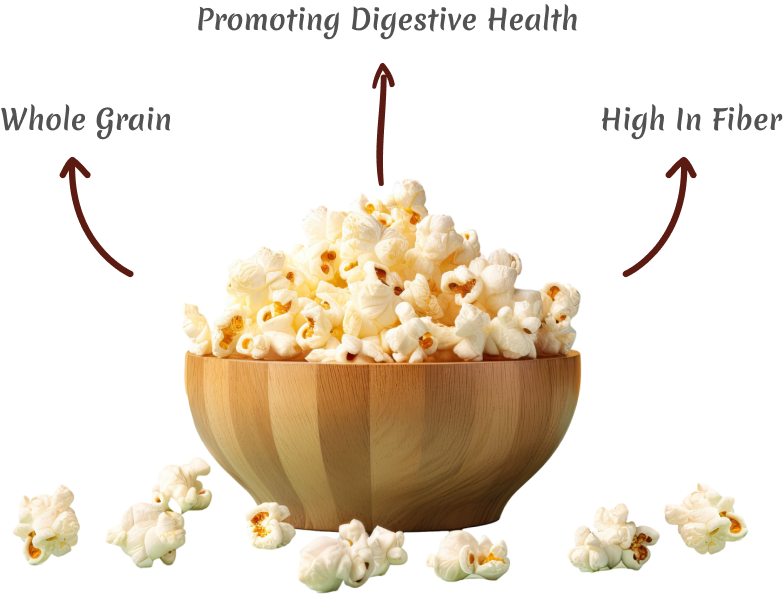
In fact, just 3 cups of air-popped popcorn contains about 3.5 grams of fiber, making it a great choice for those looking to increase their fiber intake.
Additionally, popcorn is low in calories, especially when it’s not heavily coated with butter or other toppings, making it a guilt-free snack option.
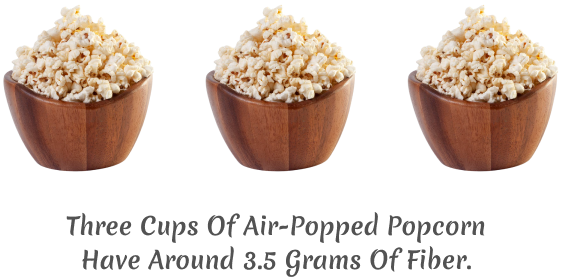
This wholesome snack also contains essential vitamins and minerals, such as manganese, magnesium, and phosphorus, which are important for bone health and overall wellbeing.
By opting for air-popped popcorn without excessive toppings, you’re enjoying a snack that is not only delicious but also contributes to a balanced diet and promotes satiety. With its high fiber content, whole grain goodness, and array of vitamins and minerals, popcorn is undeniably a healthy snack choice that can be enjoyed guilt-free.
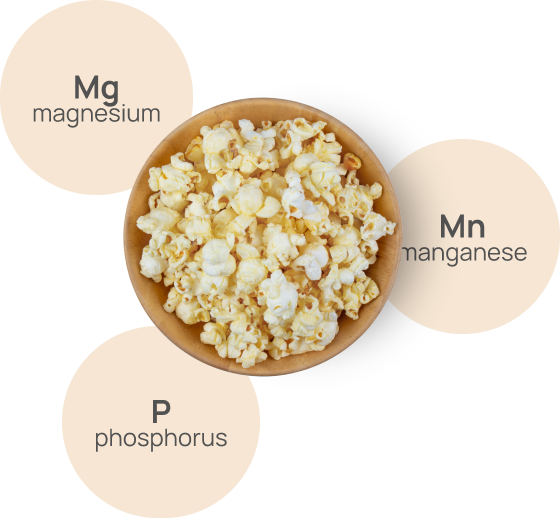
Conclusion
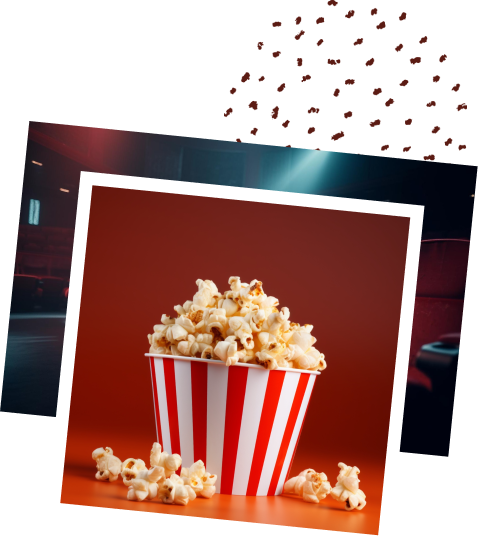
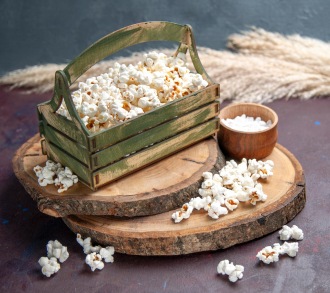
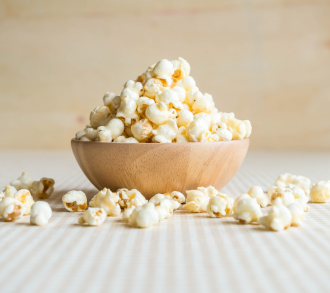
Looking to the future, popcorn undoubtedly has a promising outlook in the movie industry. With the rise of streaming services and at-home movie nights, popcorn will continue to be a go-to snack for people enjoying their favorite films from the comfort of their own homes. Additionally, as movie theaters adapt to changing consumer preferences, popcorn will remain a key offering alongside the immersive cinematic experience.
Despite the challenges and competition from other snacks, popcorn’s versatility, affordability, and status as a timeless favorite will ensure its enduring presence in the movie industry. Whether at home or at the theater, popcorn will continue to be a staple and a beloved accompaniment to the movie-watching experience for generations to come.
How did popcorn become a movie snack?
Popcorn became a movie snack primarily due to its affordability, convenience, and its ability to be easily mass-produced. In the early days of cinema, movie theaters faced restrictions on selling hot foods due to fire regulations. However, popcorn was seen as a non-hazardous option as it could be popped outside and brought into the theater. Additionally, during the Great Depression, popcorn was a cheap and filling snack that was accessible to the general public. As the popularity of movie theaters grew, so did the popularity of popcorn as a movie snack, becoming ingrained in the movie-going experience over time.
Why can't we limit popcorn to just one bite?
We cannot limit popcorn to just one bite because it is a popular snack that people enjoy consuming in larger quantities. Additionally, the unique texture and taste of popcorn make it ideal for savoring and enjoying multiple bites. Trying to limit it to just one bite would likely detract from the overall experience and enjoyment of eating popcorn.
What movie snacks were popular before popcorn?
Before popcorn became a popular movie snack, other types of snacks were commonly enjoyed at the cinema. Some popular options included candies like chocolates, gummies, and licorice. Additionally, traditional snacks like peanuts, nachos, hot dogs, and soda were also common choices. These snacks provided a variety of options for moviegoers to enjoy while watching films. However, Tthe original movie snack is believed to be popcorn.
Is movie popcorn healthy?
No, movie popcorn is not typically considered healthy. Popcorn itself can be a nutritious snack, as it is high in fiber and contains some vitamins and minerals. However, the popcorn sold at movie theaters is often prepared with large amounts of added salt, unhealthy fats, and sometimes even sugar. Additionally, movie theater popcorn is often served in very large portions, making it easy to consume excessive calories.
What was popcorn originally called?
Popcorn was originally called “popped corn” or “corn popped”.
What are three interesting facts about popcorn?
- Popcorn kernels can pop up to 3 feet in the air when heated properly.
- Popcorn has been consumed for thousands of years, with evidence of popcorn dating back over 5,000 years ago in Peru.
- Air popped Popcorn is one of the healthiest snack options, as it is a whole grain food with high fiber content.

